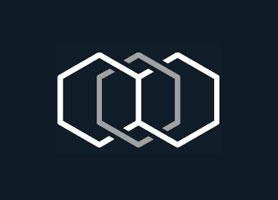Acne vulgaris (AV) is a common disease that often results in disfiguring facial scarring that carries into adulthood. Here we report our experience with fractional radiofrequency (FRF) device in treatment of patients with acne and acne related scarring. Materials & Methods: We retrospectively reviewed the charts of all patients with acne scarring who completed a four treatment regimen in our clinic. Results: We identified eight patients who completed four treatments with median age of 20.5 years (range 17 – 41). All patients demonstrated significant improvement of acne lesions and acne scarring. Skin biopsies demonstrated reduction of scar depth and increased new collagen production, and repopulation of the scar tissue by elastic fibers and adnexal structures after the fourth treatment. Conclusion: FRF emerges as a safe and effective treatment modality for AV and acne related scars. Further randomized controlled studies are required to fully evaluate the magnitude of this positive effect and more basic science studies are needed in order to better characterize its mechanism of action on acne lesions.


